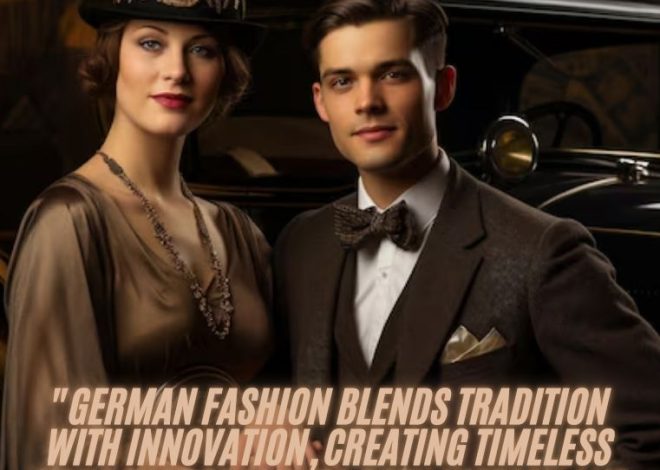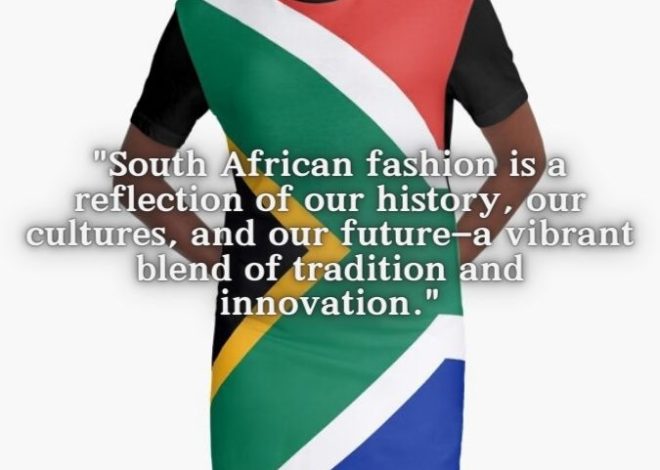
“From Milan to the World: How Italian Fashion Continues to Shape Global Trends”
Italy has long been regarded as one of the most influential countries in the world when it comes to fashion. Its history is steeped in luxury, innovation, and artistry, all of which have contributed to its reputation as the birthplace of some of the most coveted fashion brands and trends. From the chic streets of Milan to the glamorous runways of Florence and Rome, Italian fashion is a dynamic reflection of the country’s rich cultural heritage, as well as its forward-thinking approach to style. The evolution of Italian fashion—from street style to haute couture—has played a crucial role in shaping global fashion, and in this post, we’ll explore how these two seemingly disparate worlds have merged over time to create what we know as Italian fashion today.
The Roots of Italian Fashion: Craftsmanship and Tailoring
Italian fashion traces its origins back to the 14th century, when Italy was home to some of the finest tailors and craftsmen in Europe. During the Renaissance, cities like Florence and Venice became centers of textile production, where aristocrats and merchants commissioned custom-made garments. The focus on craftsmanship, fine materials, and attention to detail would lay the groundwork for what we now call “Made in Italy.”
Throughout the centuries, Italian fashion remained synonymous with exceptional tailoring and luxurious fabrics. Italy’s reputation for craftsmanship grew, with places like Naples, Milan, and Rome becoming the epicenters of tailoring excellence. By the 20th century, Italian fashion houses were already emerging, drawing on these deep traditions of quality and style to create pieces that were both innovative and timeless.
Post-War Italy: The Rise of Milan as a Fashion Capital
The mid-20th century marked a turning point for Italian fashion. Following World War II, Italy’s economy began to recover, and the country’s culture experienced a resurgence in both art and style. Milan, already a hub for luxury goods, quickly rose to prominence as the center of Italian fashion. The city’s strategic location in the heart of Europe made it a key player in the global fashion market, while its vibrant arts scene and sophisticated clientele provided a perfect environment for creative expression.
In the 1950s and 1960s, Italian fashion came into its own with designers like Giorgio Armani, Gianni Versace, Valentino, and Bvlgari making their mark. These designers brought a new level of sophistication and modernity to fashion, blending traditional tailoring with innovative designs. This period also saw the birth of luxury ready-to-wear collections, which would forever change the fashion landscape. Milan Fashion Week, established in 1958, became a key event for showcasing Italian couture, and designers from all over the world began flocking to the city to learn from its masters.
Street Style: From Casual to Couture
While Italian high fashion was gaining global recognition, a more casual, street-inspired form of style was also taking shape in the country’s urban centers. Italian street style has always been a blend of practicality and flair, with a focus on understated elegance. Unlike the more ostentatious styles of other fashion capitals like Paris or New York, Italian street fashion places a premium on looking effortlessly chic, combining classic pieces with modern twists.
In the 1980s and 1990s, Italy saw a rise in the popularity of “street chic” or “urban elegance.” Cities like Milan, Rome, and Naples became known for their stylish inhabitants who effortlessly combined high-end labels with more accessible, off-the-rack items. This evolution in street style was influenced by several factors, including the growth of the fashion industry, the increasing affordability of luxury brands, and the rise of global pop culture.
The fashion industry started recognizing the importance of street style in influencing runway collections. Designers like Gianni Versace, Prada, and Dolce & Gabbana took inspiration from everyday fashion, incorporating elements of casual wear into their luxury collections. Jeans, leather jackets, sneakers, and oversized blazers became key pieces in the Italian fashion lexicon, signaling a shift away from the highly formal styles of the past. What had once been considered “low culture” became a celebrated part of the high fashion world.
The 21st Century: Merging High Fashion and Streetwear
By the early 2000s, the boundaries between street style and high fashion began to blur even further. The fashion industry saw the rise of streetwear, a trend that combined elements of hip-hop, skate culture, and sportswear with luxury labels. Italian designers, never ones to shy away from innovation, embraced this change with open arms.
Brands like Gucci, Fendi, and Balenciaga began to incorporate street-inspired elements such as hoodies, oversized logos, and sneakers into their collections. This move was especially apparent in Gucci’s collections under Alessandro Michele, where elements of vintage street style, gender fluidity, and bold prints were celebrated on the runway. Similarly, Prada’s embrace of athleisure and Dolce & Gabbana’s casual-chic aesthetic helped cement street style’s position in the luxury fashion world.
Another significant shift in the 21st century was the rise of social media, particularly Instagram, as a key driver of fashion trends. Street style became a global phenomenon, with fashion influencers and celebrities sharing their looks online, democratizing the world of luxury fashion. In this new landscape, Italian designers not only focused on what was presented on the runway but also on how their creations were interpreted and worn in everyday life.
As street style became more influential, fashion brands began to cater to a new generation of consumers who wanted the luxury of high-end fashion with the comfort and accessibility of casual wear. Supreme’s collaboration with Louis Vuitton, and Nike’s partnerships with Off-White and Virgil Abloh, exemplified this fusion of streetwear and high fashion. While these collaborations are not directly Italian, they show the global influence of Italian style and the intertwining of street culture with haute couture.
The Future of Italian Fashion: A Blend of Heritage and Innovation
Today, Italian fashion is a beautiful amalgamation of its storied past and modern-day innovations. The country remains a leader in luxury, with brands like Prada, Versace, Gucci, and Bvlgari continuing to shape trends in both haute couture and ready-to-wear collections. The high fashion runways of Milan are still a dominant force, but the industry has become more diverse, incorporating street-inspired elements, sustainability, and inclusivity into its ethos.
The fusion of street style and high fashion has created a new narrative for Italian fashion: one that celebrates individuality and self-expression while maintaining a sense of luxury and craftsmanship. With the growing emphasis on sustainability and ethical production, the Italian fashion industry is also starting to embrace more responsible practices without compromising its commitment to quality.
Italian fashion has evolved from its roots in tailored suits and aristocratic luxury to encompass a range of styles that blend tradition with modernity. Whether it’s the elegant sophistication of Milan Fashion Week or the laid-back cool of street style in Rome, Italian fashion continues to influence the world’s sartorial choices in profound ways.
Conclusion
The evolution of Italian fashion—from street style to high fashion—is a testament to the adaptability and creativity of the Italian fashion industry. It reflects a broader cultural shift in how we perceive luxury and style today, where the lines between what’s considered “high” and “low” have blurred. Italian designers, renowned for their craftsmanship and innovation, have successfully incorporated elements of everyday fashion into their collections, making high fashion more accessible while maintaining its allure. The future of Italian fashion lies in this continued blending of the old and the new, where craftsmanship, sustainability, and individuality reign supreme.















